BURN AFTER WITH HDF | DJ Set

Date: 4.20.2023
Lcoation: Eaton Hotel at Eaton Radio
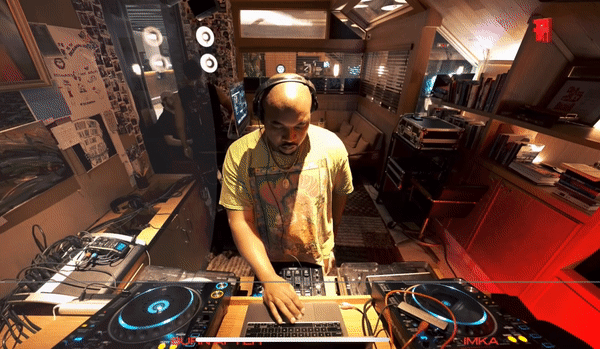
Health - + : Sunday Love Edition
Location: Flash
Date: 4.24.2023 Show Details:
MUSIC IN THE GREEN ROOM BY:
JIMI JULES (INNERVISIONS | ZÜRICH)
SHAWNA (KMLN | SF)
COPA VIDA
SEAN THOMAS
CLUB LEVEL:
WELLNESS SESSION 3PM EARTH WEEK: HEALTH - + WITH IMKA
LOVE BAZAAR 6-9PM
[TICKET]
The Wild Dandelion
This artwork is a tribute to the Valerie Monroe whose is the foundational reason why the album Manyara was created as a tribute to the time that we shared together before her passing. Her passion for plants and nature was evident in everything she did, from her career to her personal life.
But among all the flowers and plants she studied, it was the wild dandelion that held a special place in her heart.During my time of being in her presence, she marveled at Wild Dandelions ability to thrive in the toughest conditions and saw beauty in its simple white blooms.
Even as her health declined due to cancer, she found comfort in watching the dandelions dance in the breeze outside her window. The audio that you'll hear in this peice is a plantwave recording of the wild dandelions that was recording on my recent trip to Texas during the pandemic. I've went back to the home where we use to live in San Antonio. the wild dandelion still live on the property.
A Sense of Time is available
The DC Arts Center, located in the heart of Adams Morgan, is proud to present the first exhibition of the 2023 Curatorial Initiative, A Shared Sense of Time, curated by Jeffry Cudlin and assisted by apprentice curators Benedetta Castrioto and FAITH (Eleisha Faith McCorkle). The exhibition features Sara Dittrich, Ledah Fincke, Imka, Amy Reid, Davis Sailsbury (Dais Queue), Joana Stillwell. The exhibition brings together six DMV-based visual artists and musicians who use unique rhythms and concepts of tempo to create disorienting, altered states of consciousness.
The featured artists use field recordings, found biological rhythms, or rules-based improvisation to create extraordinary aesthetic experiences out of ordinary, everyday phenomena. The exhibition encourages visitors to engage in a process of exploration, much like author V.S. Naipaul’s description of “finding experience where I thought there had been nothing.” Through their innovative use of rhythm, sound, and image, the six featured artists in A Shared Sense of Time creates a dynamic interplay between the domestic and natural worlds, inviting visitors to contemplate their place within the larger scheme of things.
Program Manager Jerry Truong explains, “In working with Jeffry to organize this exhibition, I was drawn to his commitment to seeking out artists who are not only working in a conceptually challenging way, but also pushing the envelope in terms of interactivity. We hope that visitors to this show will discover a unique and captivating experience.”
“Jeffry is expanding the ways in which our patrons and audiences experience art in the District by bringing together a multitude of art forms,” said Executive Director Sean Elias. “Just as we, here at The DC Arts Center, continue to expand our programming and offerings to foster underrepresented artists in as many artistic disciplines as possible.”
Join them in celebrating the opening of A Shared Sense of Time on Friday, April 21, 2023 at 7:00 PM. The exhibition runs through May 21, 2023.

Samson Binutu and Calvin Klein #MyCalvins
 Model: Magdalena Bednarczyk
Model: Magdalena Bednarczyk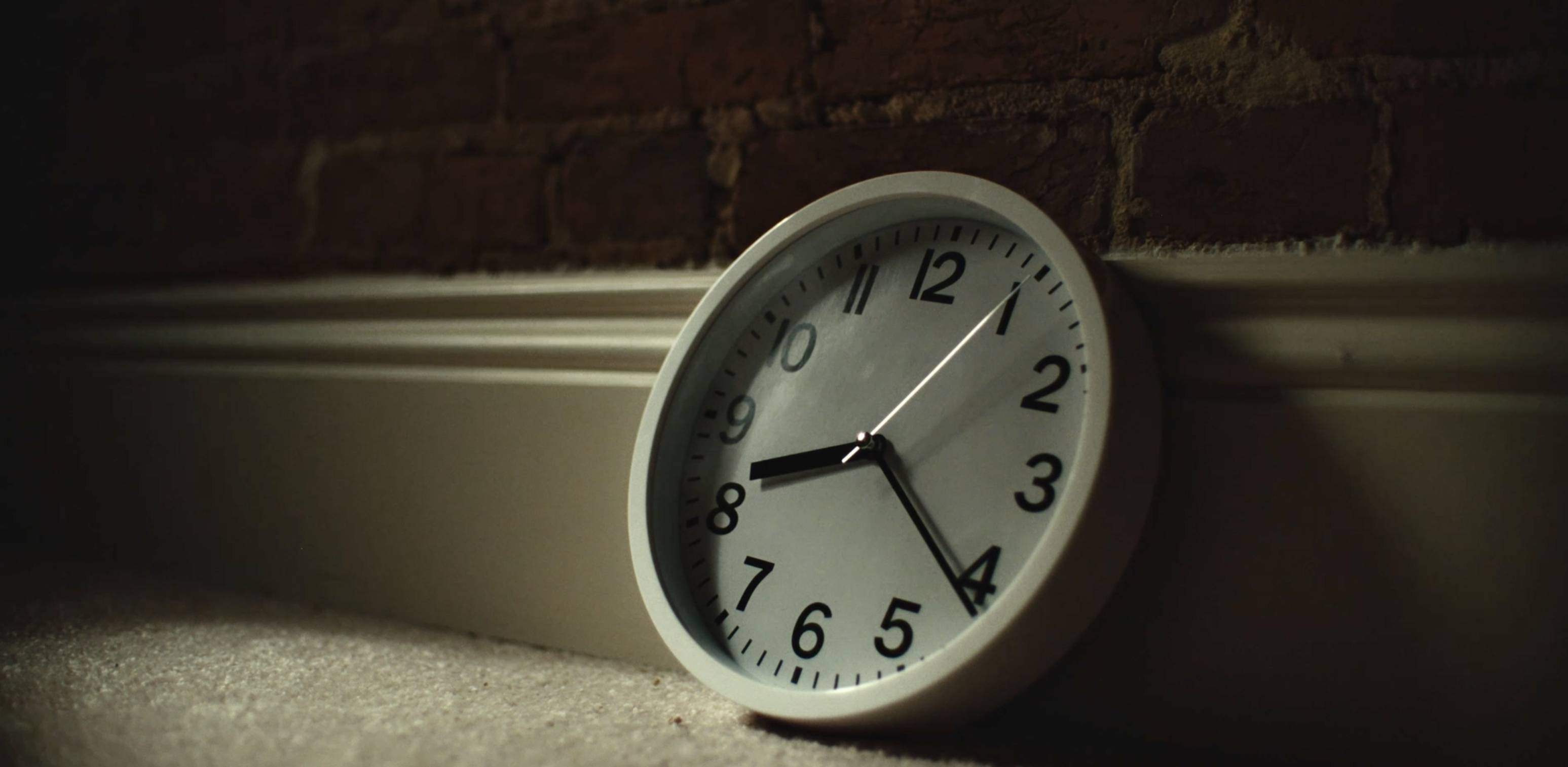
 Director / DP / Edit - @samsonbinutu
Director / DP / Edit - @samsonbinutuTalent: @magsbednarczyk
Stylist: @styledbybee.smith / @bee.smith
Score: @officialimka
Color : @kyledeitz
PA: @jamardpjones
 VIEW VIDEO
VIEW VIDEO They’re Performing Infrastructures [by Imka]
Perspectives shape our understanding of what constitutes infrastructure. Anything that facilitates movement between institutions or systems and enables broader societal processes can be considered infrastructure. These dynamic junctions are deeply ingrained in our daily lives and often only become apparent when they fail, causing disruptions and revealing the complex circulation and distribution of monetary, social, or cultural capital. Infrastructures are not only relational but also play a fundamental role in reproducing and representing the grand ideological structures that shape our existence. Performing Infrastructures explores how cultural performances, such as speech acts and collective choreographies, function as infrastructure and regulate social participation by organizing movement.
This perspective highlights the ways in which cultural performances not only reflect but also help to shape social structures and power dynamics.
In the context of multimedia, where artists may not be treated fairly in comparison to individuals in different positions, the concept of performing infrastructures can be particularly useful. Multimedia infrastructures, such as social media platforms and digital distribution networks, can enable or restrict artists' ability to reach audiences and generate income. These infrastructures can also reinforce existing power dynamics by privileging certain voices or perspectives over others.
For example, social media platforms may algorithmically promote content from already established artists or those with a large following, while relegating emerging artists to the margins. Similarly, digital distribution networks may prioritize content from major labels or established artists over independent creators. These infrastructures can perpetuate inequalities in the music industry and limit opportunities for diverse voices to be heard.
Understanding the role of performing infrastructures in multimedia can help to identify and challenge these power dynamics. By examining the ways in which cultural performances can function as infrastructure and shape social participation, it is possible to develop alternative infrastructures that better support artists and promote greater equity in the industry. This may involve developing new platforms or networks that prioritize diverse voices and provide fair compensation for artists, or working to reform existing infrastructures to better serve the needs of all members of the industry.
[How can we fix this?]
There are several ways to address the issues of inequality and unfair treatment of artists within the multimedia industry. One potential solution is to create alternative infrastructures that prioritize the needs of artists and promote greater equity in the industry. These infrastructures can be developed by independent organizations or through collaborations between artists, industry professionals, and community stakeholders.
One approach is to develop new platforms or networks that provide fair compensation for artists and prioritize diverse voices. This could involve creating streaming platforms that are owned and operated by artists, or developing cooperative networks that provide resources and support for independent creators. By developing these alternative infrastructures, artists can take greater control over their work and gain greater visibility and access to audiences.
Another approach is to work within existing infrastructures to promote greater equity and fair treatment of artists. This could involve advocating for policy changes that protect the rights of creators and promote greater transparency and accountability in the industry. For example, artists could push for legislation that requires streaming platforms to pay fair royalties or for record labels to provide greater transparency around their compensation models.
Finally, it is important to raise awareness about the issues facing artists in the multimedia industry and to build solidarity and support networks among creators. This can be done through artist-led campaigns and grassroots organizing efforts that bring together artists, industry professionals, and fans to advocate for change and promote greater equity in the industry. By working together, artists can build a more sustainable and equitable multimedia industry that supports the needs and aspirations of all creators.
[How important are multimedia roles to a company?]
Multimedia roles are essential to the expansion of a company in today's digital age. They enable companies to create and distribute content across various platforms, from social media to streaming services, and engage with audiences in new and innovative ways. However, to truly leverage the power of multimedia, it is crucial to trust the artist and give them creative control over the content they produce.
Trusting the artist is important for several reasons. First, artists bring unique perspectives and creative ideas to the table, which can help companies differentiate themselves from their competitors and connect with audiences in meaningful ways. By giving artists the freedom to express themselves and take risks, companies can develop content that is fresh, exciting, and resonant with their target audience.
Second, trusting the artist can help companies build long-term relationships with creators and foster a culture of collaboration and innovation. By treating artists as partners rather than contractors, companies can develop deeper connections with their creative teams and cultivate a sense of ownership and investment in the work they produce.
Finally, trusting the artist is essential for building trust and authenticity with audiences. In today's media-saturated world, consumers are increasingly skeptical of corporate messaging and are looking for authentic, meaningful connections with the brands they support. By working with artists who have a genuine passion for their work and a deep connection to their audience, companies can build trust and credibility with their customers and create a more sustainable and meaningful relationship over time.
In conclusion, multimedia roles are vital to the expansion of a company, and trusting the artist is essential to unlocking the full potential of this medium. By giving artists creative control and treating them as partners rather than contractors, companies can develop content that is fresh, exciting, and resonant with their target audience, build long-term relationships with creators, and foster a culture of collaboration and innovation.
 A deep listening, or auditory perception, is a skill that's easy to neglect in our fast-paced world" suggests that in our modern society, people tend to prioritize speed and efficiency over truly experiencing the world around them. "Deep listening" refers to a more intentional and immersive way of experiencing sound, in which the listener actively engages with the sensory information and pays attention to its emotional and psychological impact. In other words, deep listening involves listening not just with the ears, but with the whole body and mind.
A deep listening, or auditory perception, is a skill that's easy to neglect in our fast-paced world" suggests that in our modern society, people tend to prioritize speed and efficiency over truly experiencing the world around them. "Deep listening" refers to a more intentional and immersive way of experiencing sound, in which the listener actively engages with the sensory information and pays attention to its emotional and psychological impact. In other words, deep listening involves listening not just with the ears, but with the whole body and mind.The concept of a "soundbath" or multi-sensory performance suggests that Imka's work is designed to create an immersive and engaging experience that stimulates the senses and encourages deep listening. The use of live soundscapes generated from the scientific aspects of plants' phenologies in real-time is a unique way of creating a soundscape that is organic and natural, while also being scientifically informed.
 Imka's approach to using plants as instruments suggests a deep respect for the natural world and a desire to connect with it on a profound level. By cultivating and observing the plants, Imka is able to translate their signals into sound, creating a unique musical experience that is intimately tied to the natural world.
Imka's approach to using plants as instruments suggests a deep respect for the natural world and a desire to connect with it on a profound level. By cultivating and observing the plants, Imka is able to translate their signals into sound, creating a unique musical experience that is intimately tied to the natural world.
Overall, Imka's work emphasizes the importance of slowing down and truly experiencing the world around us, rather than simply rushing through life.
By encouraging deep listening and building conceptual frameworks around intimate and personal encounters, Imka's work seeks to inspire a deeper connection with the world and the people and things in it.
︎︎︎Listen and Share on Bandcamp
︎︎︎MORE DETAIL
RESIDENT ADVISOR EXCHANGE 641
Since at least the 1970s, artists have composed music for plants. From Mort Garson’s Plantasia to dublab's Plant Music compilation, albums recorded with nature in mind often intend to stimulate growth or simply entertain leafy creatures. This episode of Source Material, a documentary-style series, explores the symbiotic links between electronic music and house plants.Diving into the world of frequencies and root systems, RA's Martha Pazienti Caidan speaks to various experts to learn how nature responds to ambient tunes and synthesisers.
Among them are biotherapeutic musician Imka, Joe Patitucci of PlantWave, an app that translates plants' biorhythms into music, sound artist Karine Bonneval and composer Erland Cooper.To discover how bass frequencies mimic bees and why festivals are adopting sonic soil pollution, listen to the episode,[RESIDENT ADVISOR SOURCE]
COMPANY: Crue Films and Virginia Department of Behavioral
Health and Developmental Services
TITLE: Activate Your Wellness
POSITION: ORIGINAL SCORE
COMPOSER: IMKA
[VIEW VIDEO]
![]()
Health and Developmental Services
TITLE: Activate Your Wellness
POSITION: ORIGINAL SCORE
COMPOSER: IMKA
[VIEW VIDEO]

COMPANY: Crue Films, HOKA and RUNGRL
TITLE: A Legacy of Movement
POSITION: ORIGINAL SCORE
COMPOSER: IMKA
[VIEW VIDEO]
![]()
TITLE: A Legacy of Movement
POSITION: ORIGINAL SCORE
COMPOSER: IMKA
[VIEW VIDEO]

Solar Eclipse with Sir. Eu


Contact Imka for Evidence of Yesterday
Information
WALE AND FRIENDS : GRAPHIC DESIGN, PROMOTIONAL IDENTITY,PERFORMANCE LIGHTING DESIGN, MOTION VISUALS AND PHOTOGRAPHY
LOCATION ENTERTAINMENT AND SPORTS ARENA OPENING
[APPOINTED BY MURIAL BOWSER AND MILES GREY]
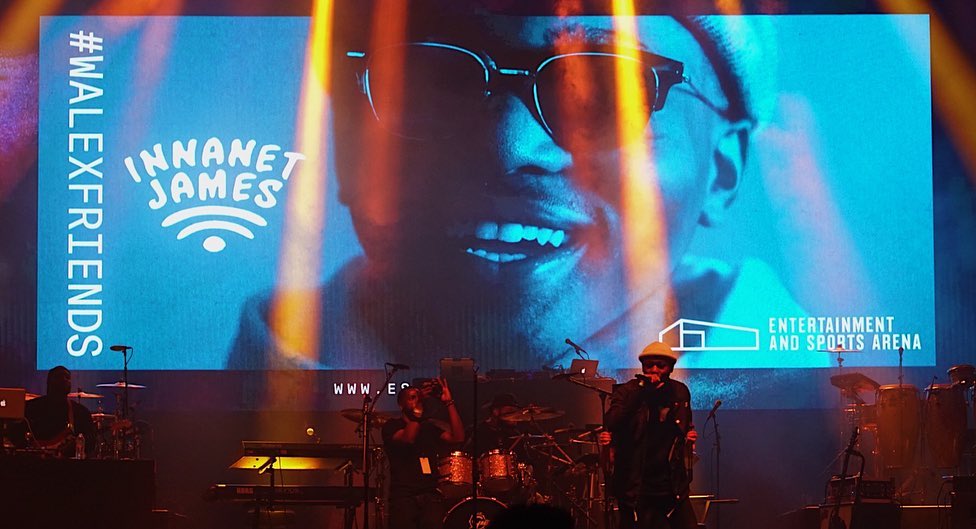
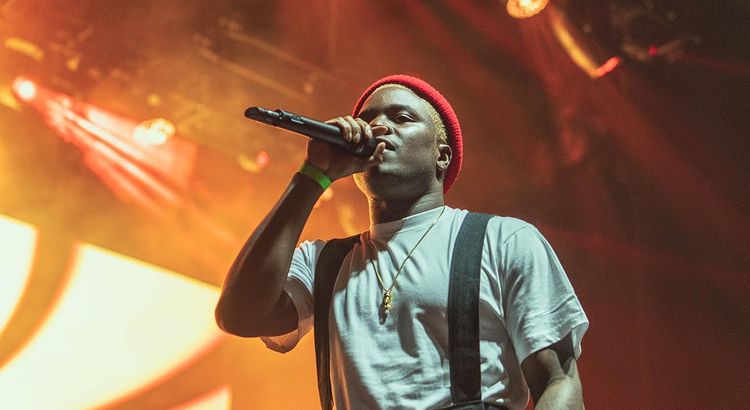
Street Photography: No Trump Protest in Washginton, D.C


Studio Photography: James Scott


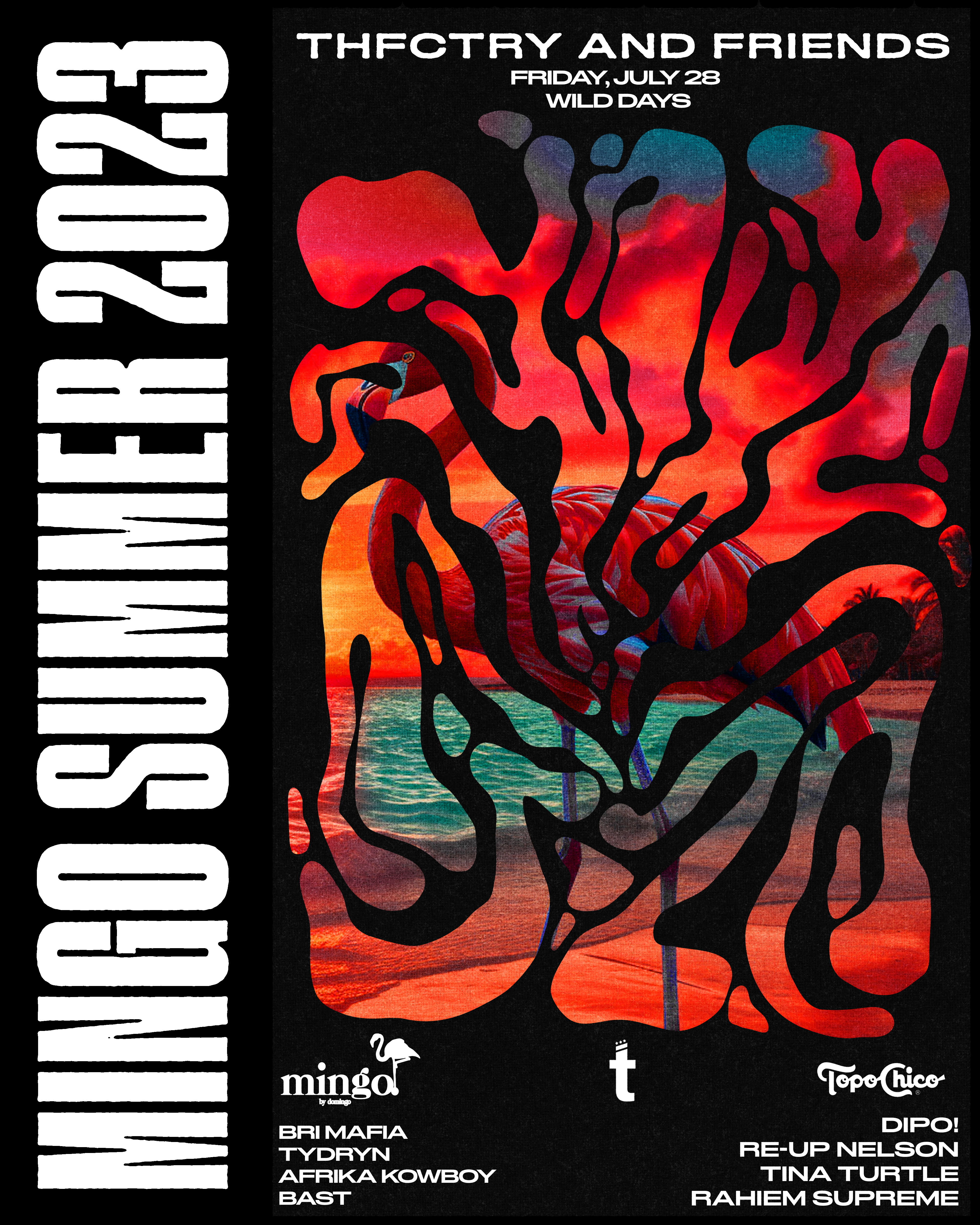


Paperhaus : Told You What to Say
Video and Graphics











